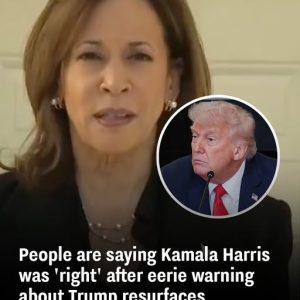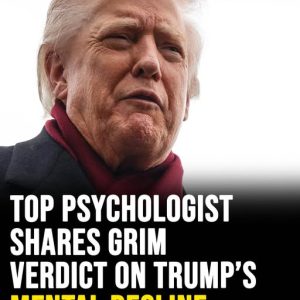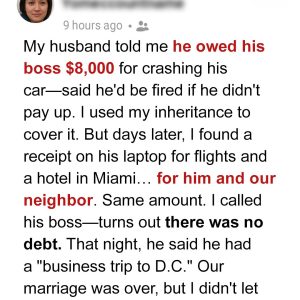Donald Trump’s $2,000 dividend proposal captured national attention almost immediately after he unveiled it. The plan was presented in simple terms: tariffs imposed on foreign imports generate revenue, and a portion of that revenue would be returned directly to American families. On the surface, the idea appealed to voters eager for tangible financial benefits and framed Trump as a president delivering results from trade policy. Yet, beneath the headlines, the proposal faces significant legal, logistical, and economic challenges that make its execution far more complicated than the initial pitch. Experts argue that while the concept is easy to understand, turning it into reality involves navigating federal law, court rulings, and the complex mechanics of distributing funds across millions of households.
The core premise of the $2,000 dividend relies on revenue generated from tariffs. To date, tariffs have brought in under $200 billion, significantly less than what would be required to provide the payments Trump promised. Economists warn that the shortfall is only the first of many hurdles. The bulk of the revenue is already tied up in legal disputes, with major corporations and trade partners challenging the tariffs in court. The Supreme Court has expressed skepticism over the administration’s use of emergency powers to levy such tariffs, meaning a legal ruling could invalidate the revenue base that Trump’s dividend plan depends on. In such a scenario, the administration might face the prospect of issuing refunds to companies rather than distributing rebates to working families—a stark reversal from the original promise.
Beyond legal concerns, Congress has yet to sign off on any aspect of the plan. Federal law requires legislative approval to allocate government funds for such programs, and lawmakers remain divided over the proposal’s structure, eligibility criteria, and method of delivery. There is no consensus on whether the money would be distributed via direct checks, tax credits, or another mechanism. Additionally, questions persist regarding who qualifies for the payments and whether certain income groups would be excluded. Trump has indicated that high earners would not receive the dividend, but without clear legislation, implementing these exclusions could become a logistical nightmare, leaving millions of Americans uncertain about their eligibility and timeline for receiving funds.
Economic experts also caution that even if the plan were legally and legislatively feasible, its broader financial impact may be less straightforward than advertised. While a direct $2,000 payment to millions of Americans could stimulate spending, it may not provide long-term economic benefits. Tariff revenue itself is not guaranteed, fluctuating with imports, trade disputes, and global market conditions. Critics argue that using such a volatile revenue stream to fund recurring payments exposes households to risk, as funds could evaporate or be reduced if trade conditions change. Meanwhile, businesses affected by tariffs may pass increased costs to consumers, partially offsetting the benefit of any dividend payments. These factors highlight the complexities hidden behind the seemingly simple promise.
Trump has attempted to reassure the public, emphasizing that he will pursue alternative measures if courts or Congress block the dividend plan. He insists that the payments are a priority and has framed the issue as a commitment to returning “found money” directly to working families. Nevertheless, skepticism remains widespread. Legal analysts and economic commentators note that presidential assurances alone cannot overcome constitutional, statutory, and logistical obstacles. Without explicit congressional authorization and a stable revenue base, the plan may remain a symbolic gesture rather than a practical benefit. For millions of Americans who were drawn to the idea of a $2,000 windfall, this uncertainty is a familiar pattern—another high-profile promise with limited immediate payoff.
In conclusion, Trump’s $2,000 dividend proposal highlights the gap between political messaging and practical implementation. While the concept is easily understood and politically appealing, it faces multiple hurdles: insufficient tariff revenue, ongoing legal challenges, lack of congressional approval, and logistical complications in delivering funds. Moreover, the plan’s broader economic effectiveness is uncertain, as market forces and corporate responses could diminish its intended benefits. Until courts, Congress, and the administration provide clarity, millions of Americans will remain in a state of anticipation, watching a headline-grabbing proposal struggle to translate into tangible, reliable financial support. The case illustrates a broader lesson about policymaking: even the most popular and seemingly straightforward ideas require careful legal, economic, and administrative planning to succeed in reality.





